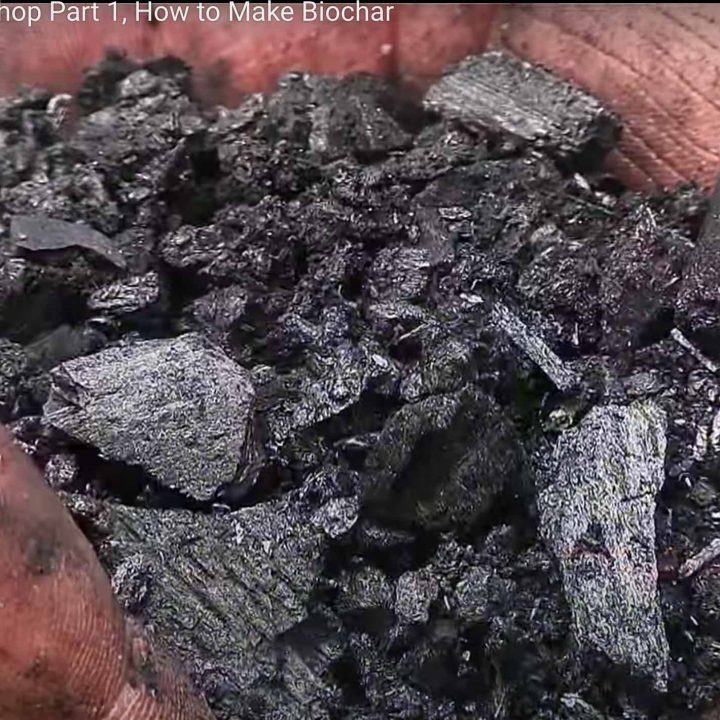An ancient technique, biochar soil amendment makes incredible, rich soils which help to retain water and nutrients while keeping or placing carbon in the soil.
Biochar was developed in ancient times as a long-lasting, highly beneficial soil amendment, based on findings of massive amounts of charcoal-enriched soil from ancient civilizations still intact almost 1600 years later.
This method of soil enrichment can be used today, as you will discover in this interesting and informative series.
We’re using the biochar from our garden burn barrel and open fire pit where we burn felled pine trees and tree limbs not fit for firewood.
Biochar – an Ancient Soil Amendment Returns
By Jeff Cox
To explain what biochar is, we need to return to the Amazon basin circa 450 a.d., (and no we don’t mean the company, Amazon)!
Indigenous people didn’t practice slash-and-burn farming as they do now. They practiced slash-and-char agriculture, roasting wood and leafy greens in “smothered” fires, in which lower temperatures and oxygen levels resulted in the production of charcoal instead of ash. The charcoal was buried in fields where crops were grown.
But then, with the arrival of Europeans and their diseases, the Amazon civilizations, some with cities of more than 100,000 people, collapsed. Slash-and-char agriculture was forgotten, as were the fields of buried charcoal. But they weren’t gone. In the 20th century, huge expanses of black soil were rediscovered, although at first no one knew what they were.
Then, in the 1990s, scientists determined that these soils were manmade. They were dubbed terra preta (“dark earth” in Portuguese). And they were extensive. Some estimates put the total acreage covered by the charcoal-enriched soil at twice the size of Great Britain. Most amazingly, the soils extended up to 6 feet deep in many places.[1]https://www.organicgardening.com/learn-and-grow/biochar
RELATED: Ruth Stout No Till Gardening Method.
Video Part 1: How-To Make and Use Biochar
We’ve chosen this complete video series of this Biochar workshop that demonstrates how to make your own and then covers all the uses and benefits including greatly enhancing soil life and fertility. [2]https://www.livingwebfarms.org/ We hope you learn from and enjoy it.
Biochar Workshop Part 1:
You’ll appreciate the story of how Bob Wells, the series host, got into biochar farming.
Biochar Workshop Part 2:
Biochar Workshop Part 3:
Biochar Workshop Part 4, The Biochar Facility
Biochar Workshop Part 5, Biochar & the Greenhouse
You may also enjoy this article on DIY Soil Tests, and making organic compost.
For another resource with informative summaries, you may enjoy visiting the Biochar-International.org website.
Let’s keep on growing!
G. Coleman Alderson is an entrepreneur, land manager, investor, gardener, and author of the novel, Mountain Whispers: Days Without Sun. Coleman holds an MS from Penn State where his thesis centered on horticulture, park planning, design, and maintenance. He’s a member of the Phi Kappa Phi Honor Society and a licensed building contractor for 27 years. “But nothing surpasses my 40 years of lessons from the field and garden. And in the garden, as in life, it’s always interesting because those lessons never end!” Coleman Alderson
References

